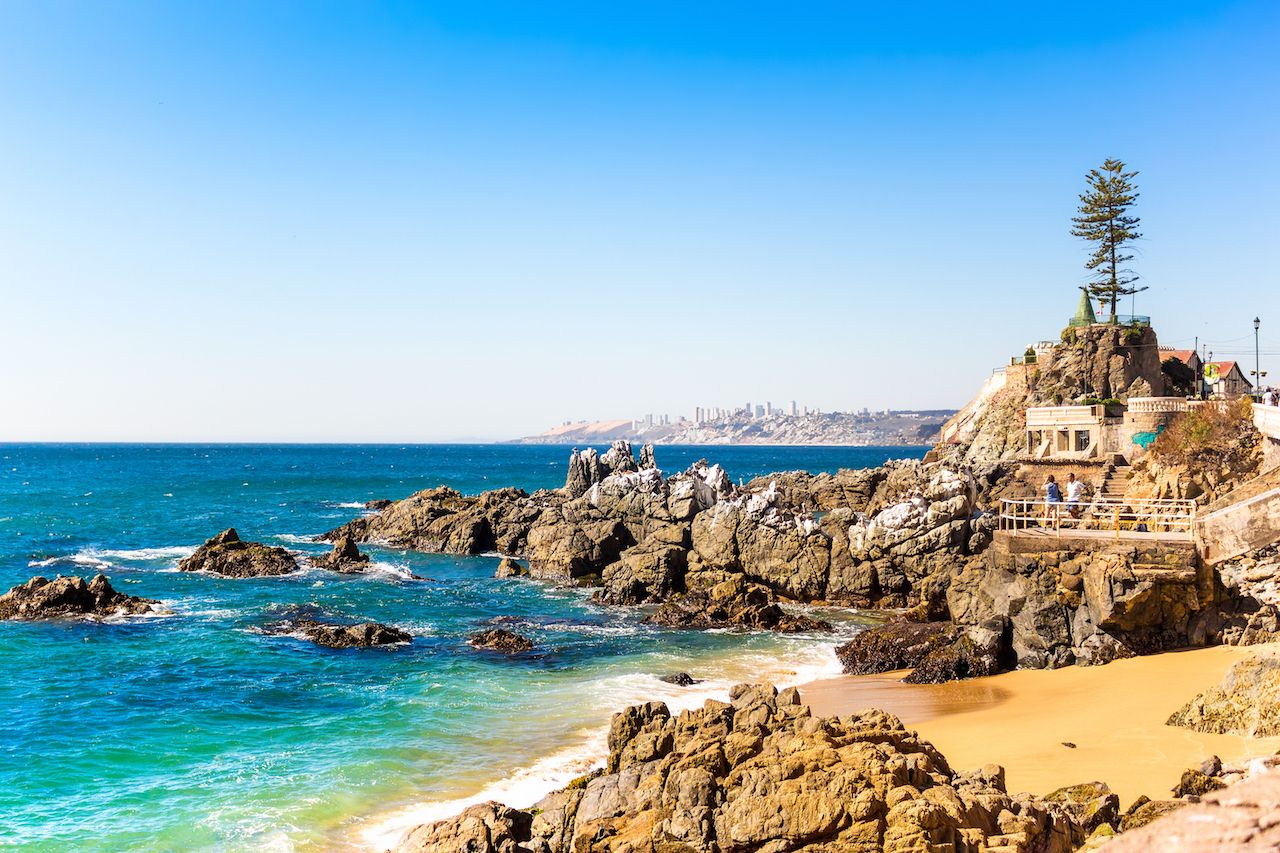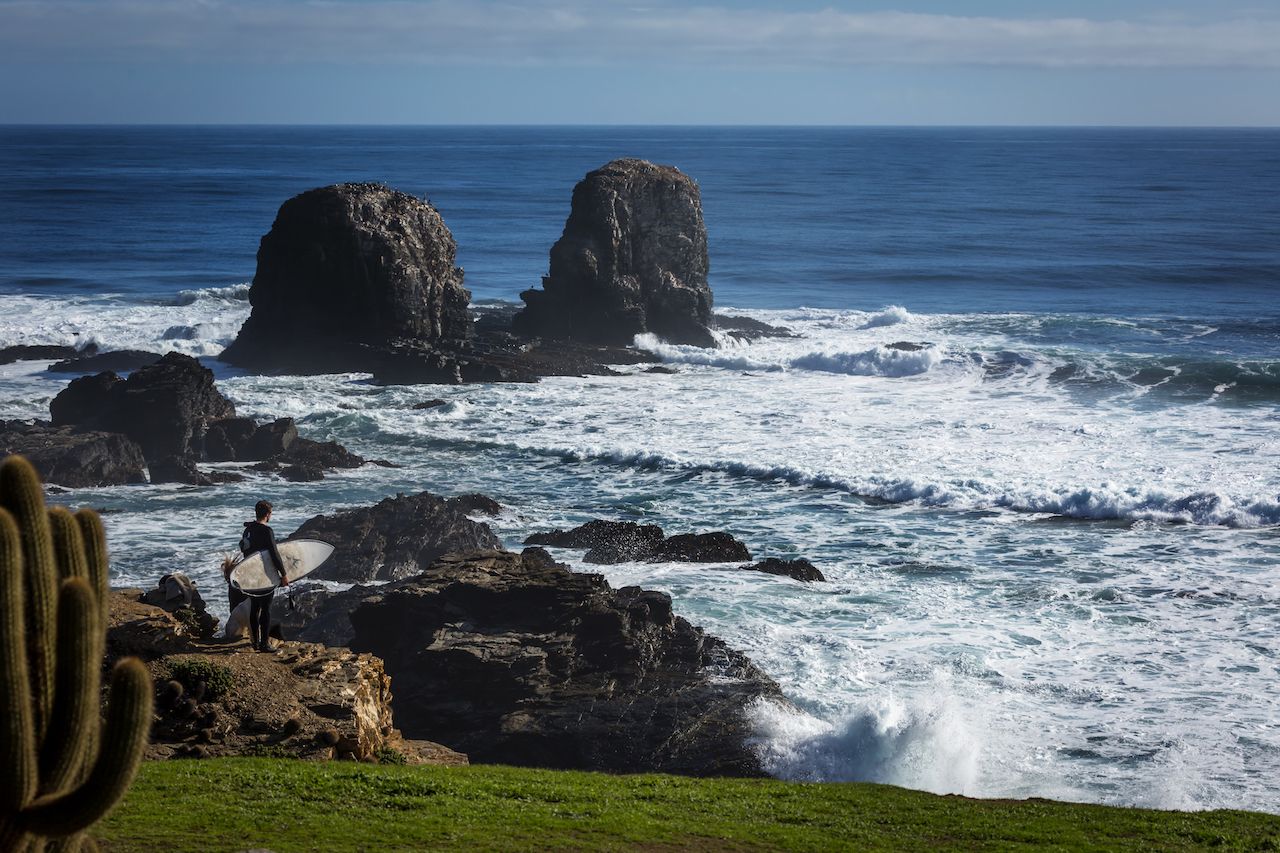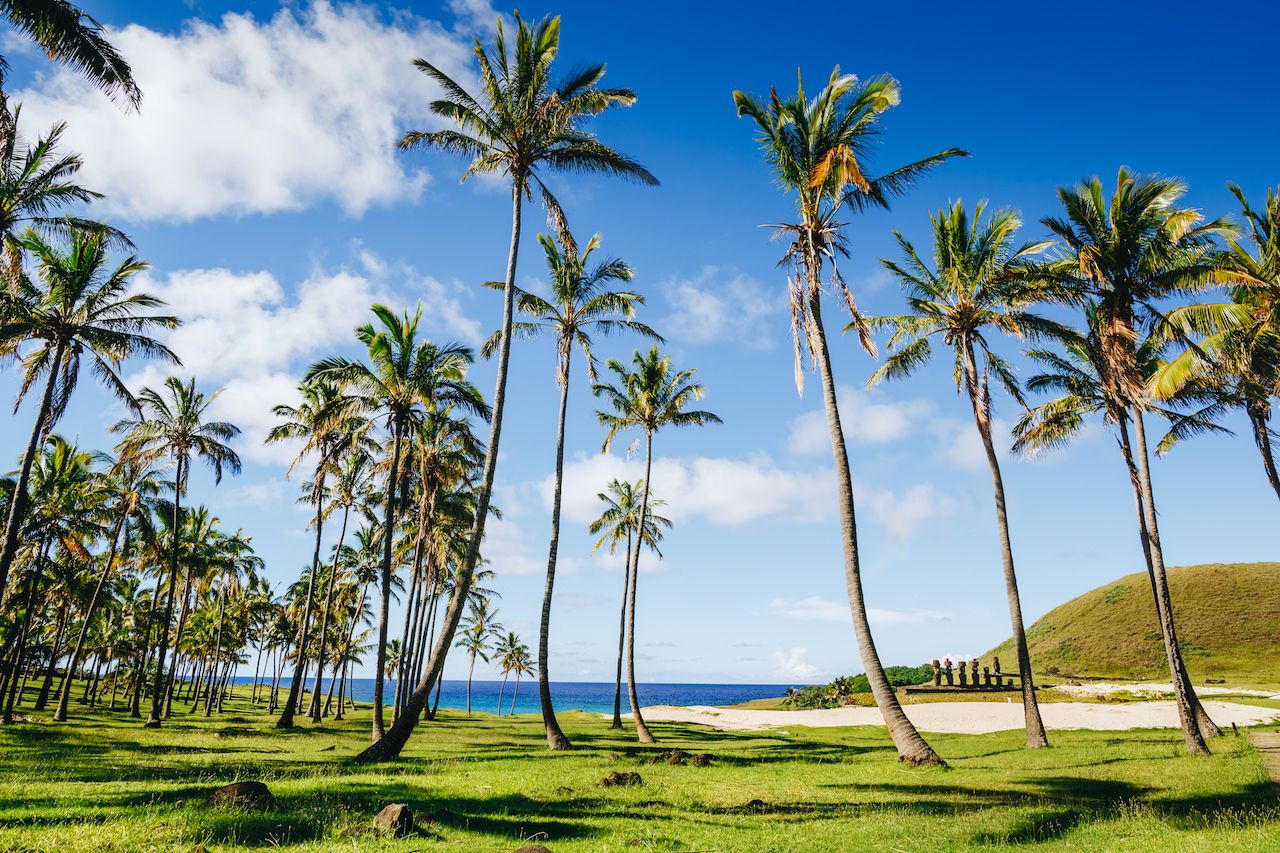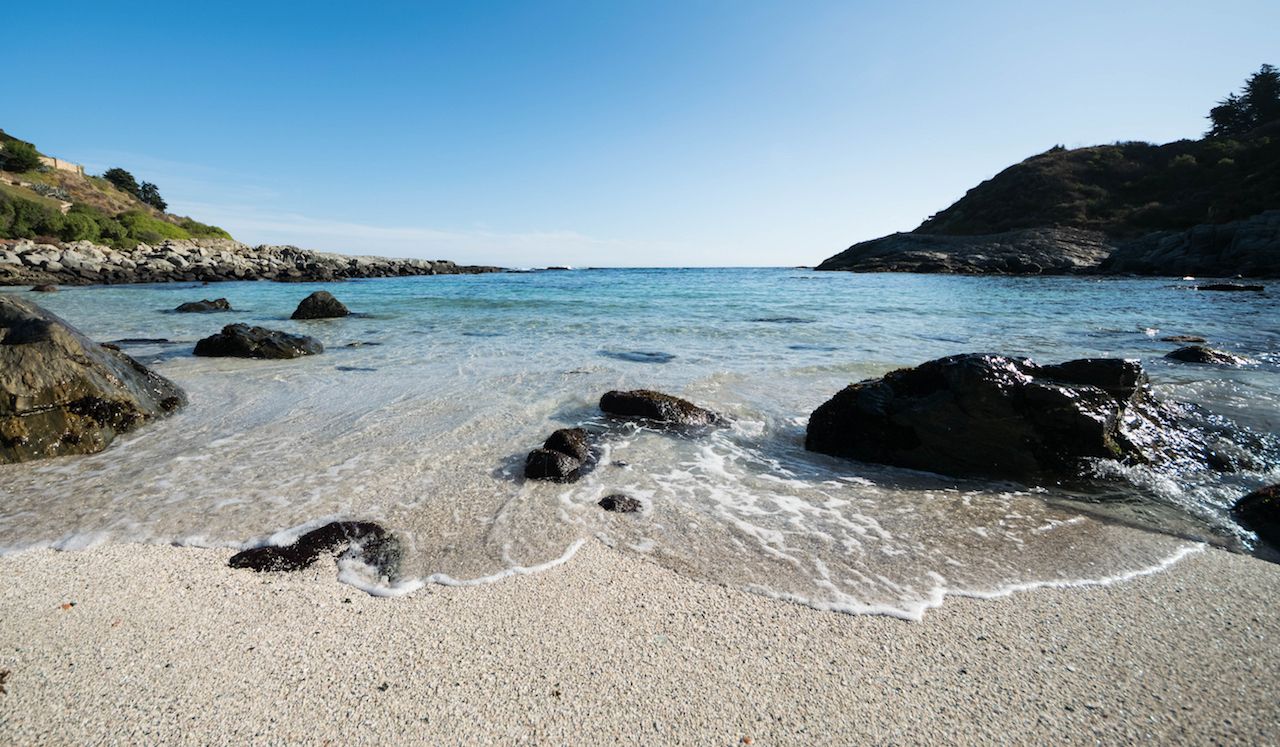Chile is at the southern end of South America, so while northern hemisphere days are getting shorter and colder, Chilean summer is around the corner. By December, school’s out for the year, and the beaches are in full summer swing.
Chile’s 2,600-mile shoreline is the longest Pacific stretch in South America. With so much coastline, the variety of beaches is endless. Add in incredible seafood, hopping surf towns, and sleepy fishing villages, and Chile’s beaches are the perfect escape from the winter. Here are all the reasons you need to be at a Chilean beach this winter.









